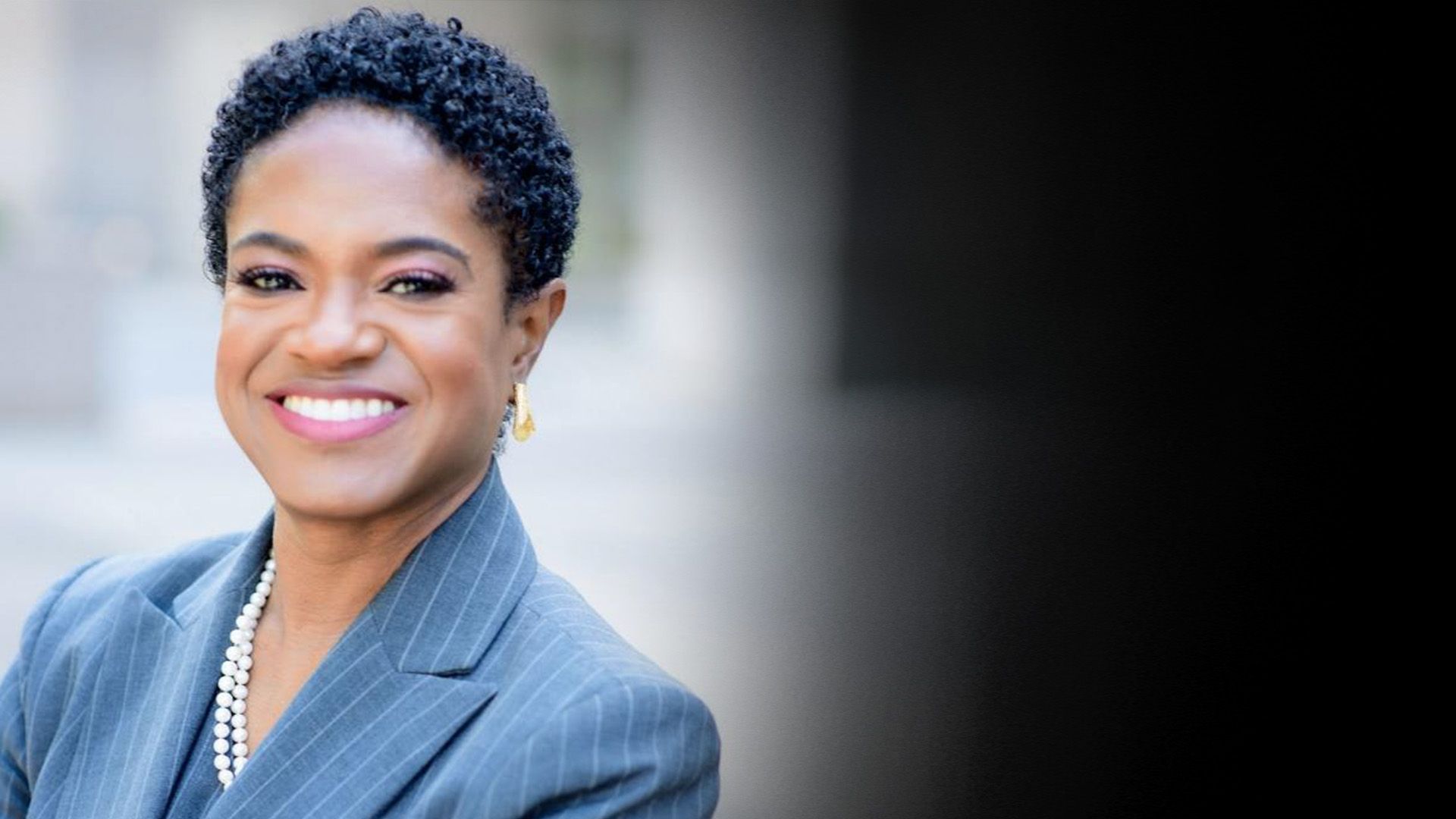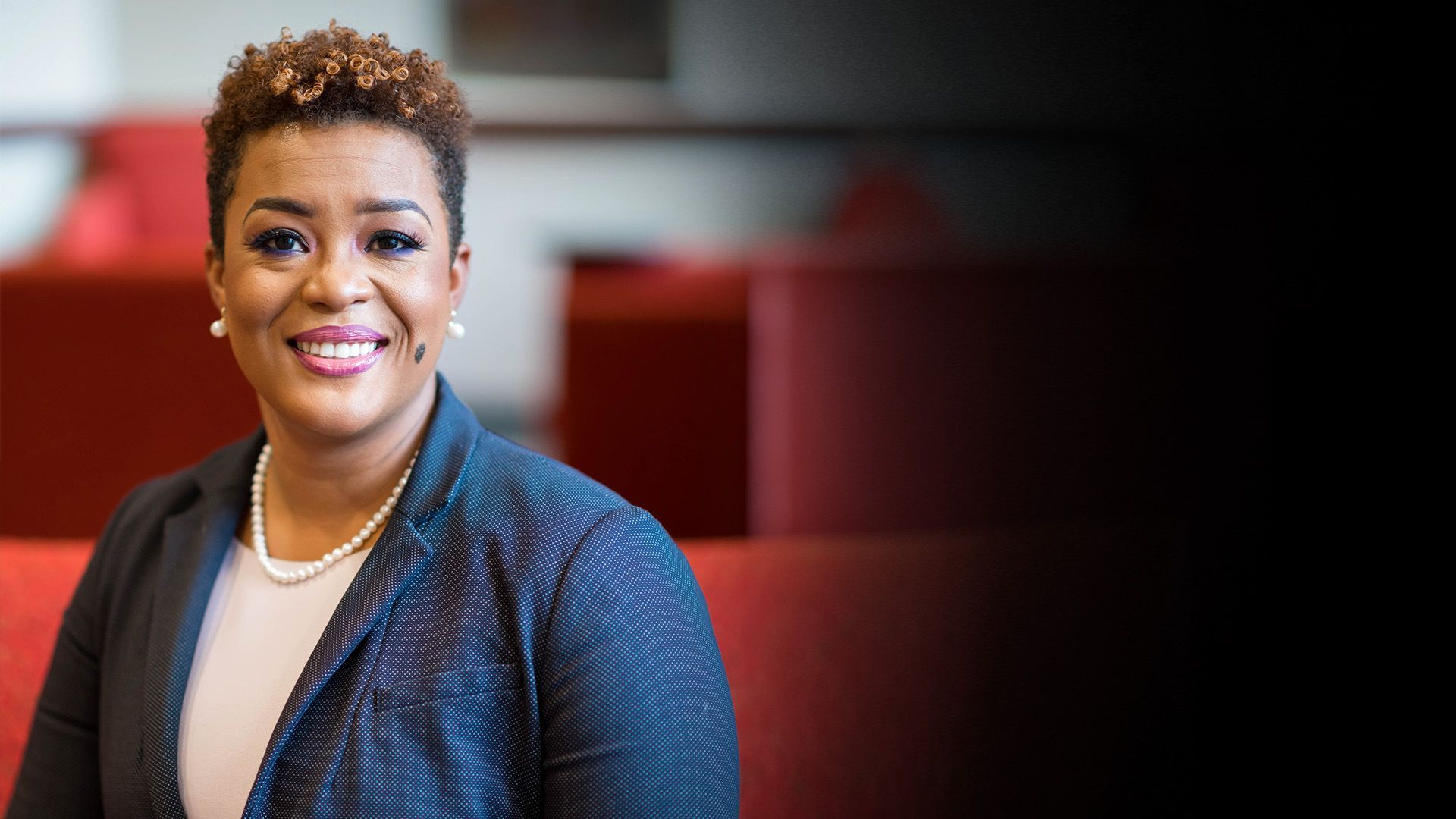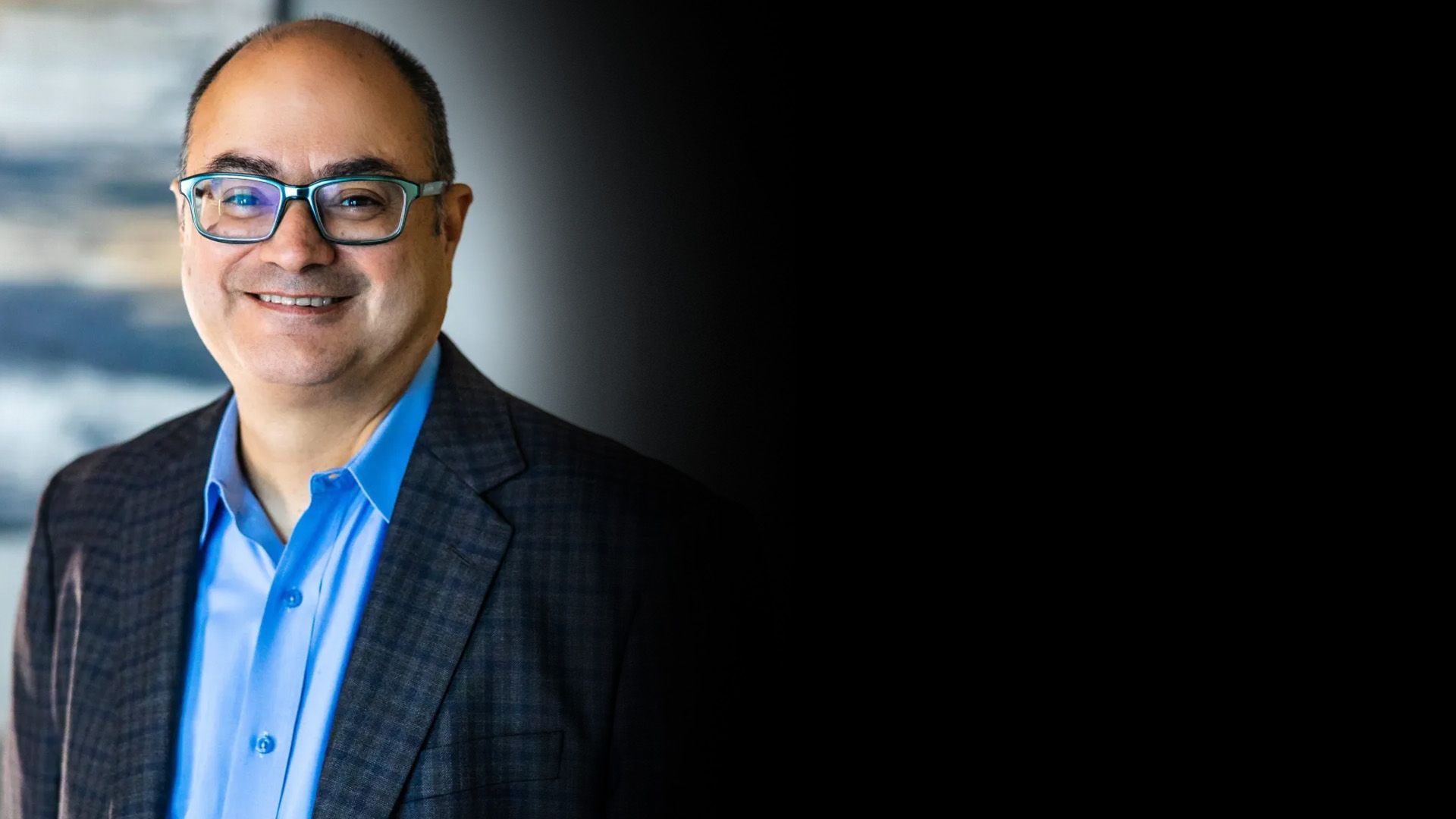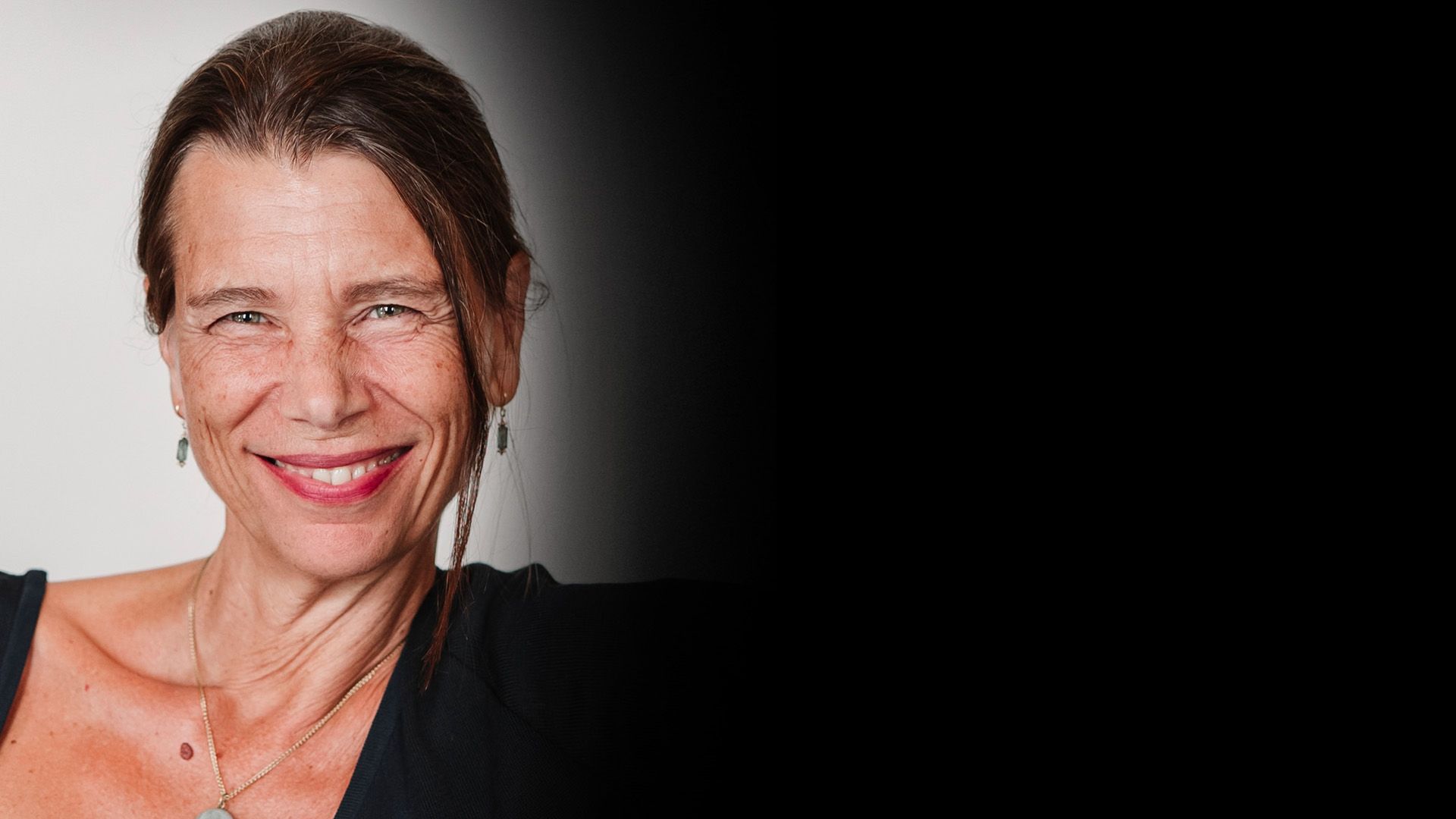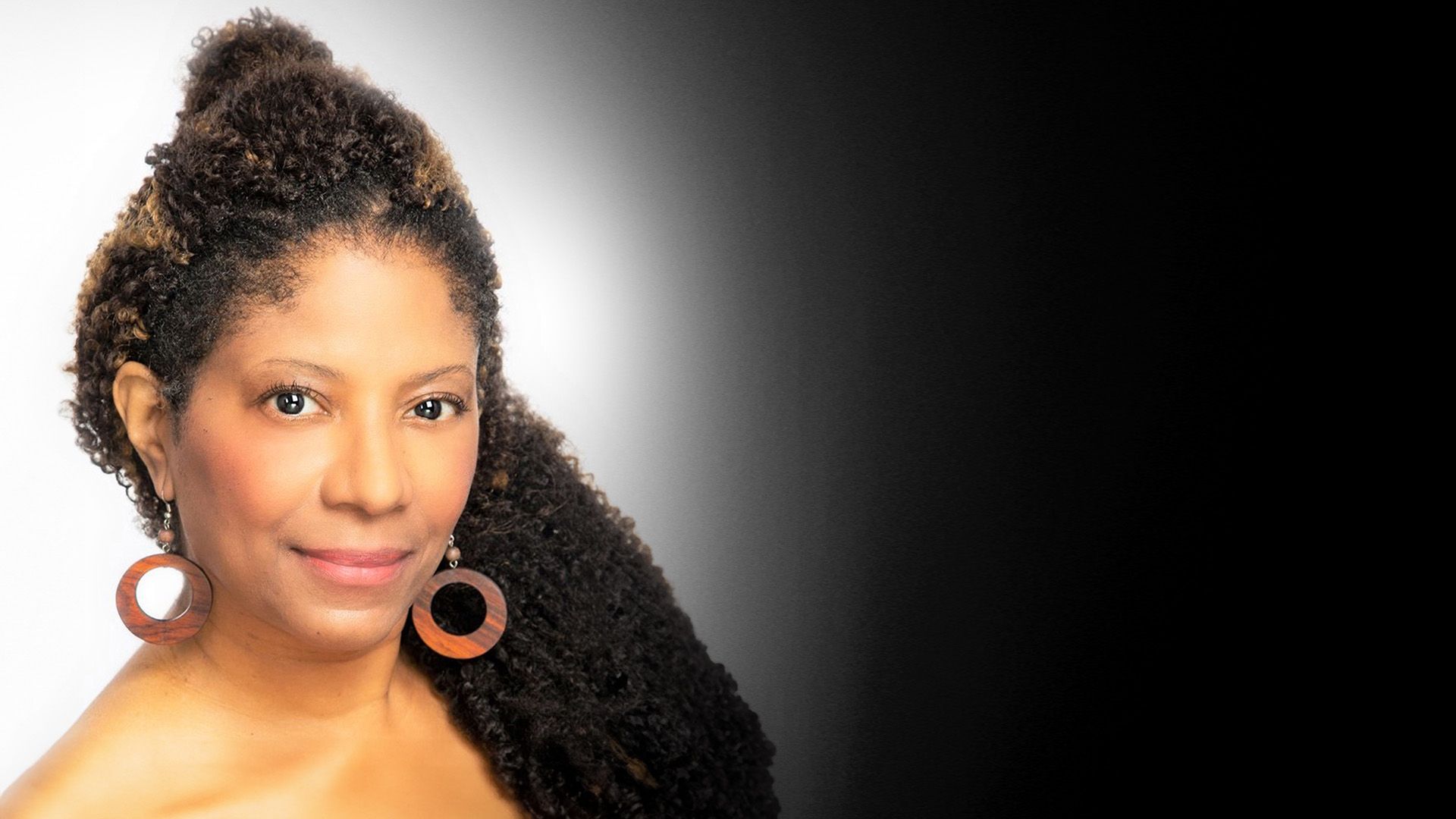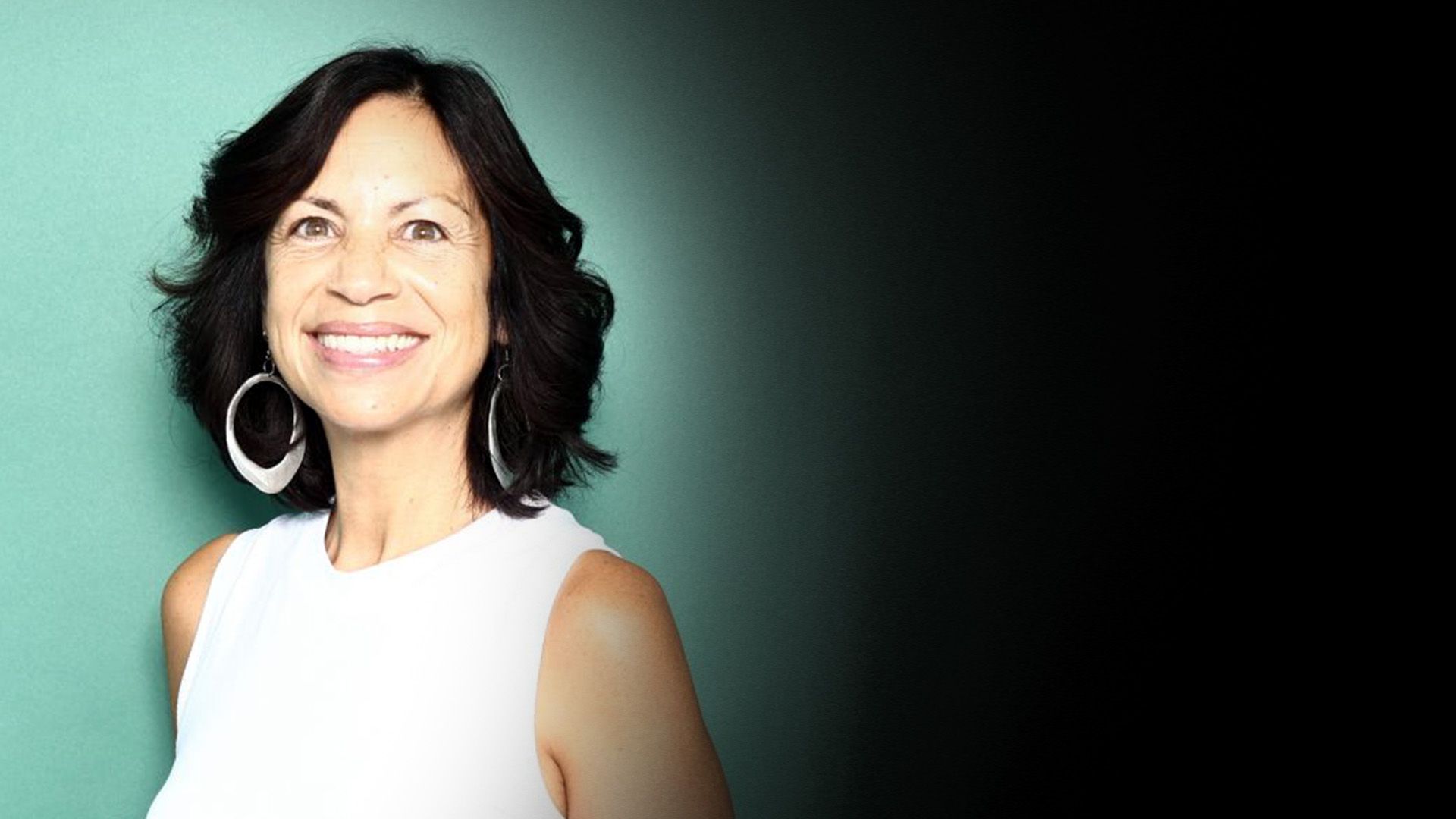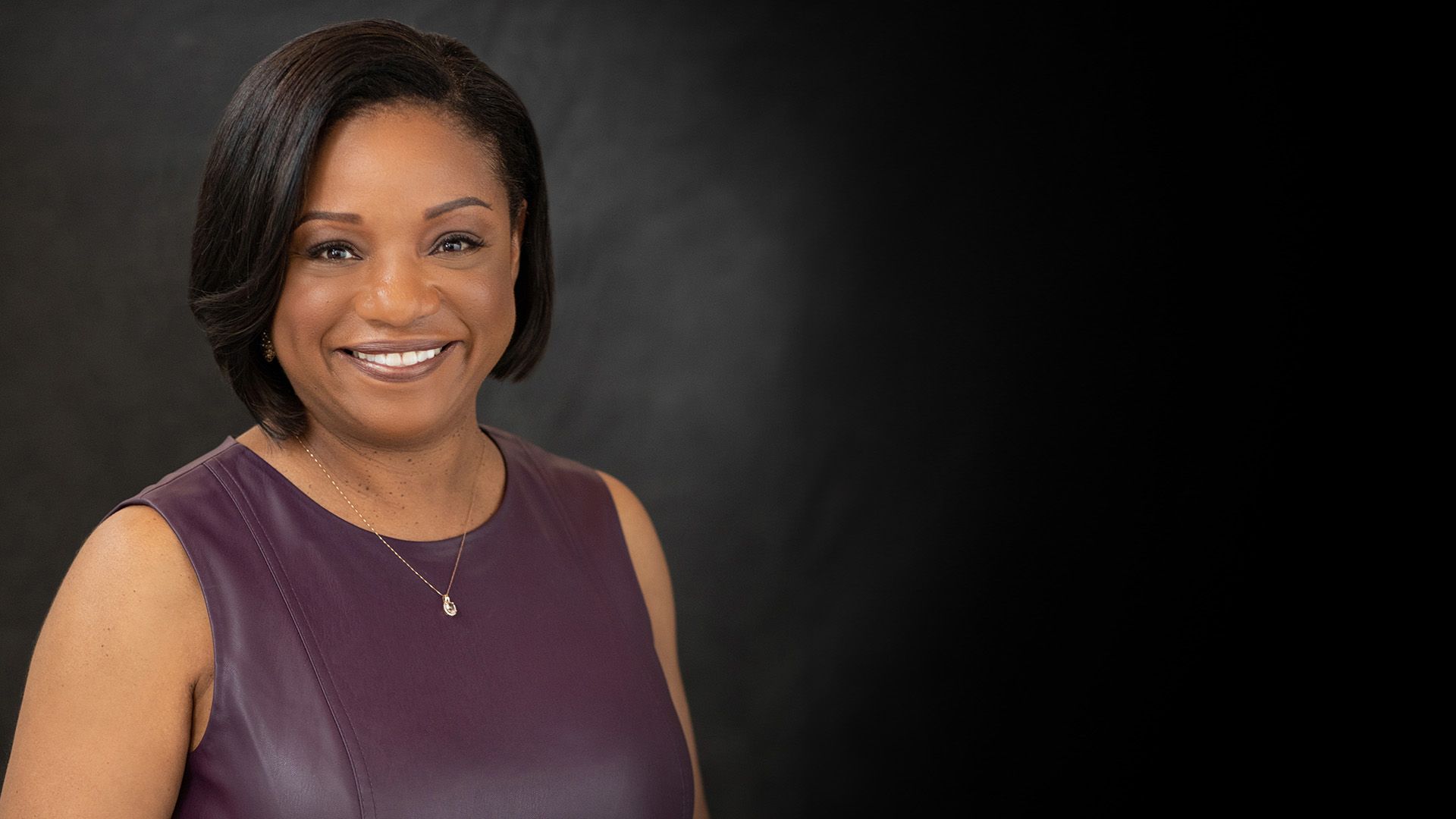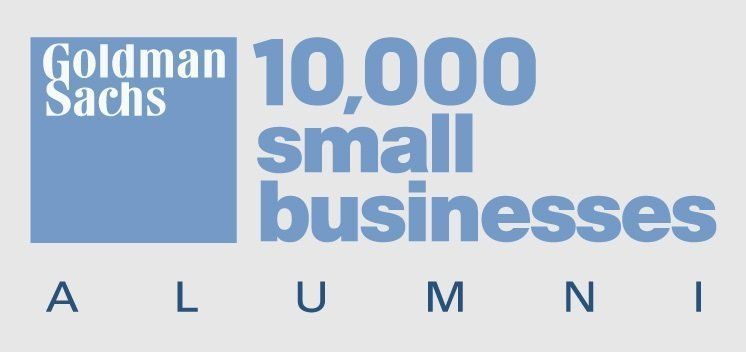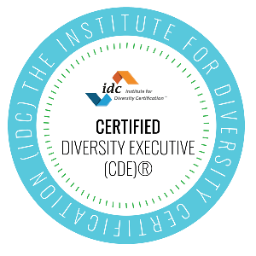Why I’m Launching A New Video Series – Inclusion Uncomplicated
Every day, I hear that the work of Diversity, Equity, and Inclusion (DEI) is complicated.
Whether from businesses, employees, society in general, or the practitioners themselves.
And the truth is—yes—DEI can be complicated because the issues of DEI are complex.
But… they don’t have to be.
That is why I’m starting a new video series called Inclusion Uncomplicated —where I’ll be releasing short videos on various topics and issues regarding the perceived complexities of DEI and breaking them down into more manageable and less complex bites.
I truly believe we can approach this work with a level of practicality if we act and communicate with the best practices and right mindsets.
Before releasing the video series, I want to dive into this perception and background on the complication of DEI work.
WHY DOES DEI SEEM SO COMPLICATED?
With my many years of working experience with DEI, here are some reasons I believe DEI seems so complicated.
1. In general society, people have a difficult time talking about the dimensions of diversity — race, religion, gender identity, privilege, etc.
The traditional constructs we have when we consider diversity are so delicate that people often don’t even want to have a conversation about it. They can be the “topics to avoid” in normal conversation.
This is one reason why DEI is perceived to be so complicated—because people feel like they have to walk on eggshells around these topics. When we keep DEI at a distance, it can seem too difficult to touch. If you don’t talk about it, you can’t learn about it and if you don’t learn about it, it’s going to feel complicated.
2. There are so many uncertainties and unknowns in DEI work.
People are starting to realize the values of DEI and placing values on those constructs. But in terms of the “know how” with execution in DEI work—there are many uncertainties and unknowns. These can cause people to wonder — how do we actually do this work effectively?
People aren’t sure how to execute where the work is not just “surface level” or “ticking the checkboxes”.
If people become uncertain if the work can actually create results and they aren’t sure how to move towards effective solutions… that can cause people to see it as very complicated.
3. We are living in times where there are so many complex social issues in life that can add to our anxieties with the general concepts of DEI.
The perceived complexity of DEI and the daily times in regards to complex social issues can create a general anxiety in the population.
This anxiety tends to create a level of being guarded around these conversations. People can become frustrated, confused, or defensive. When people are more guarded, they are less open and willing to confront these issues head-on, and therefore keep at a distance.
4. Lastly, DEI seems complicated because it is, in fact, complex.
Yes. DEI is a complex matter. BUT it can be managed, open-to-discussion, and the work can create an experience of positive momentum as we move along through it.
Because in fact, many things in life are quite difficult and complicated. BUT it’s because they are important to us that we find ways to engage with them in concrete ways.
Instead of running away from these subjects, we find ways to deconstruct, work with, and resolve complex issues. By allowing that awareness of complication, we can inspire, motivate and drive ourselves to be more vigilant in creating a level of practicality around the work.
To do better work, we must not shy away from any hurdles or complexities along the path, but actually face these hurdles head on.
WHAT ARE SOME HURDLES TO DEALING WITH THIS COMPLEXITY?
1. Legacy. One of the big hurdles in regards to dealing with complexity with DEI is Legacy.
Legacy means that a lot of people continue to operate from a place of historical reference. i.e. “We’ve always done it this way and this is what we understand about it.”
But this work is always evolving. We have much more intelligence and data now on best practices instead of assuming where those practices stood based upon our historical context.
A lot of time people will perceive the DEI discipline as one that is “constant”. They don’t necessarily see it as other disciplines which have new trends and new best practices that learn, grow, and evolve. But that evolution and improvement holds true for DEI as well.
2. Diminished Candor .
When people see the work as complicated, they see it as having to be guarded.
That notion of “having to walk on eggshells” can cause people to disengage altogether. So people aren’t as candid and open and curious with their thoughts. This diminished candor means people aren’t sharing opinions, intelligence, or facts as openly—things that we need to continue to do the work of DEI at a high level.
3. People want to just fix it and move on.
When presenting to groups, I jokingly share, “What Staples has done to our society is the perception that maybe there is an Easy Button for this work, but unfortunately…there is not.”
DEI work is not easy. It is a never-ending process. The “fix it and move on” approach complicates things because it sets up false expectations. This is work that is deep, difficult, ongoing, and consistent.
4. Change is difficult.
Lastly, as with anything in life, change is a difficult and a potentially messy process.
Part of doing this work effectively is to be practical about it. We need to know that change is hard. Change is difficult. And we should embrace that universal fact and let that drive us towards greater inspiration, create more vigor, and continue to do the good work.
WHAT ARE SOME SOLUTIONS TO DEALING WITH THIS COMPLEXITY?
I want to share a little taste of what I’ll be speaking about in my weekly videos. Here are some elements to the solutions of dealing with and deconstructing the complexity in DEI.
-
- Shift Our Mindset — One thing that complicates DEI is that we as a society get offended quite easily. The only way we can be offended by difference is if we classify it as right, wrong, good, bad, inferior, superior, etc. So one way to minimize the negative or comparative thoughts of complexity in doing this work is to shift our mindset. We must treat it with a positive mindset of respect and growth.
- Embrace the Elephant — We need to stop avoiding the “elephant in the room” and accept and embrace that DEI IS a complex situation. But that does not mean that it’s impossible. We just need to add more intention, deep work, and rigor to change our approach and work towards successful outcomes.
- Arm Ourselves With Information — There are SO many resources out there to educate ourselves. Conferences, books, podcasts, thought leaders, blogs, articles, trainings, etc. Although it can be overwhelming, if we start with absorbing bite-sized chunks of information, we can arm ourselves to make the DEI work seem less complex. This takes being intentional, willing, and subjecting ourselves to learning more.
- Assume Positive Intent — We have to extend grace, accept grace, and assume positive intent in others. Not even the most astute DEI practitioner has the best answers all the time. We all may fall short depending on the standards and the environment. DEI is complex because people often don’t want to have a conversation because they know there are so many varying points of views of division. If we assume positive intent, it puts us in the right mind space to extend that grace towards situations that, perhaps, on a normal basis we may have a negative framing.
- Celebrate Small Wins – This is important for everything in life, and especially people working in DEI. We need people to celebrate the small milestones along the way so that we can feel accomplished, know that we are actually, in fact, doing good work, and so we can go after the bigger, more complex types of changes relevant to DEI.
- The Buddy System: Don’t go at it alone. There are certainly a lot of champions of this work and we have to create different coalitions and alliances with others who are equally invested in the work. By working together, we can better realize positive results.
- Manage Change: Lastly, managing change is vital. DEI work is the work of shifting, transforming, and evolving within organizations and society. Change can be difficult and messy. The effective management of change is what can help make this work come to fruition and reduce its perceived complexity.
I’m so excited to be sharing the Inclusion Uncomplicated video series with you this month.
I hope by speaking on, deconstructing, and communicating the ways to make DEI less complicated can help create an environment where we can push the work forward.
Because the fact is—diversity itself is not what produces results. It’s the effective management of that diversity. By making DEI less complex, we can get back to the realization and practice of effectively managing that diversity within whatever spaces we are working in.
Finally, we have to recognize and view DEI through the lens of hard work, constant improvement, and evolution with our strategies and practices.
We’re smarter as a society nowadays. And we can continue to grow and evolve. We have reimagined and reframed this work in so many different capacities and I’m excited to continue to push the work forward.
Stay tuned on all my channels as we release Inclusion Uncomplicated this month to help simplify and uncomplicate the topic and practice of DEI.

